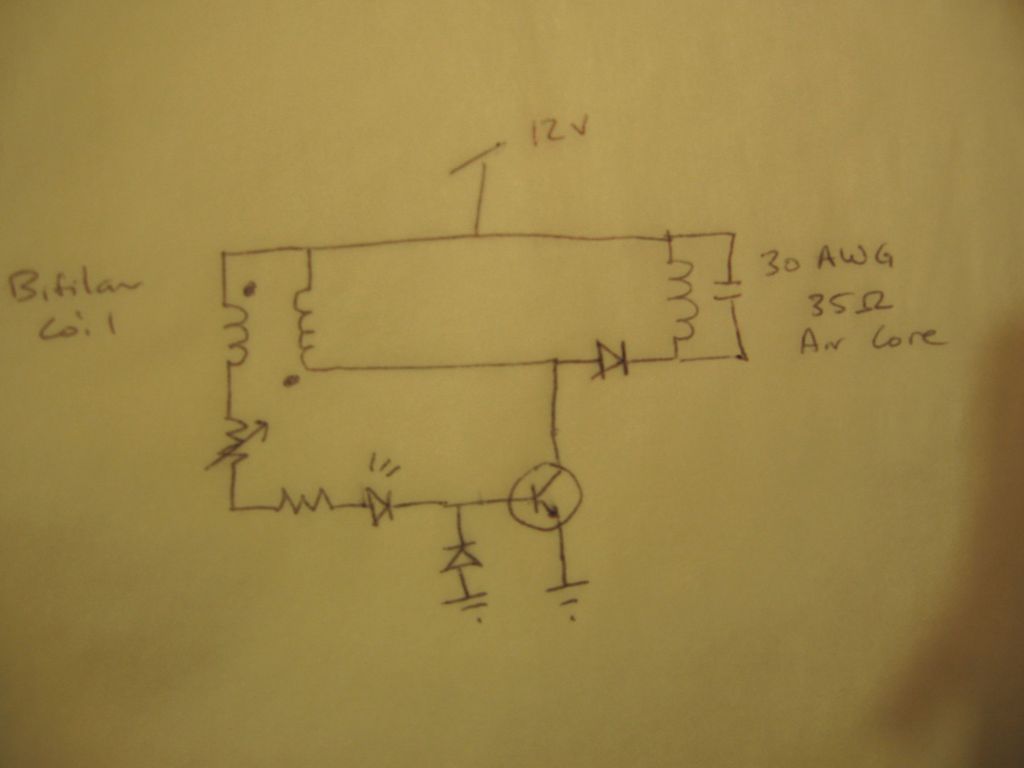Originally posted by Bob Smith
View Post
Bob, you've lost me.
In the highlighted region below, how can this be considered attraction?
You are meaning electrostatic attraction correct? Not magnetic?
My thinking is if the voltage/current ratio is specifically chosen, the electrostatic force and the magnetic force are in perfect balance. At this point we have something rather unusual taking place.
My thinking is if the voltage/current ratio is specifically chosen, the electrostatic force and the magnetic force are in perfect balance. At this point we have something rather unusual taking place.

Comment